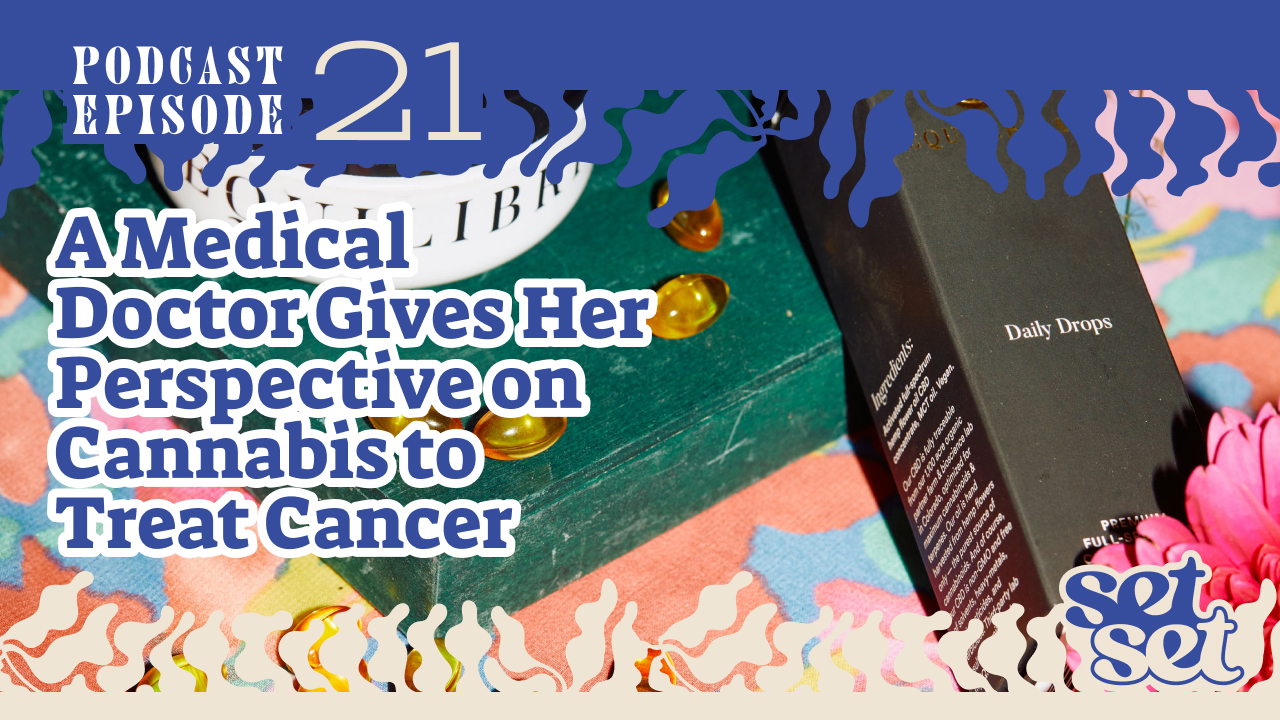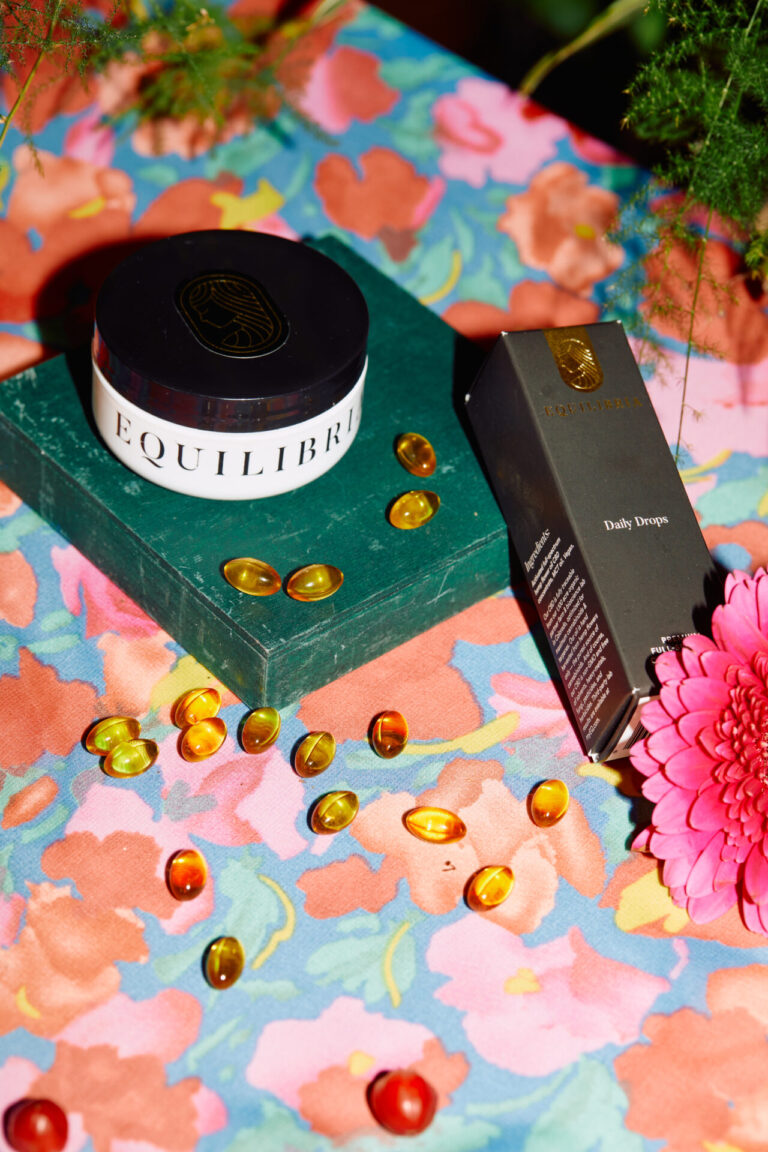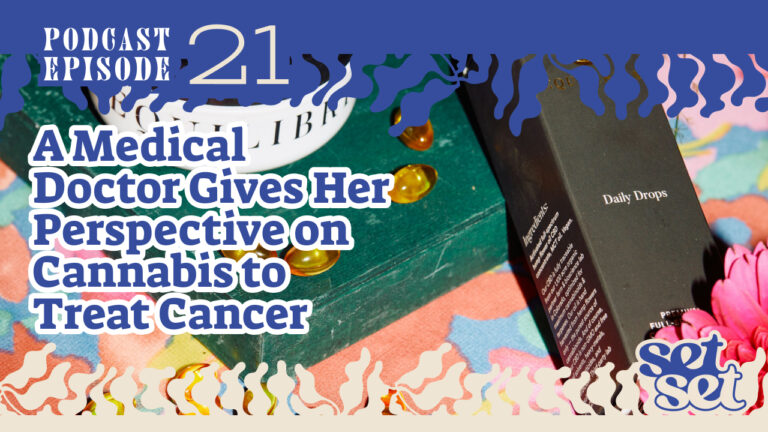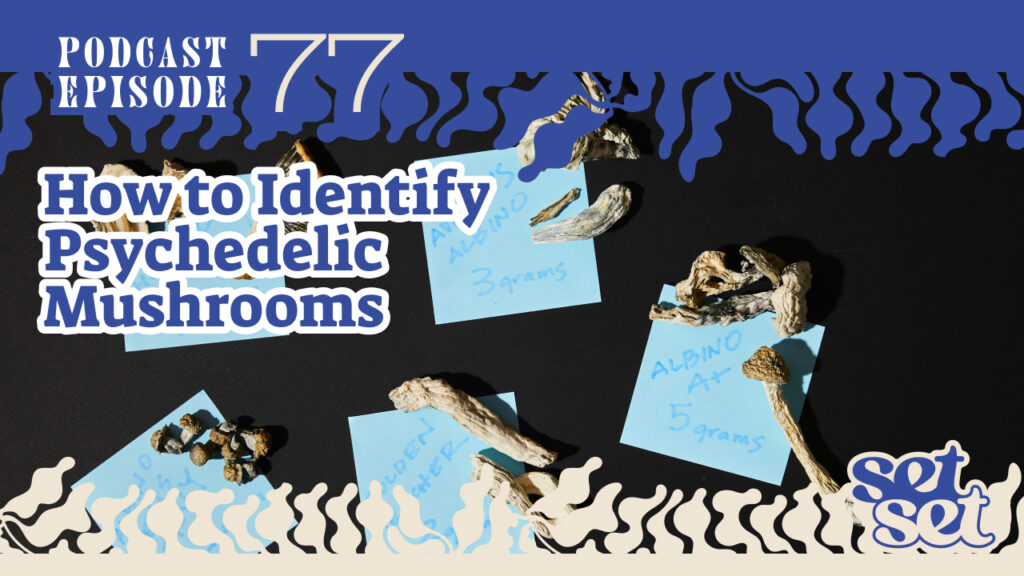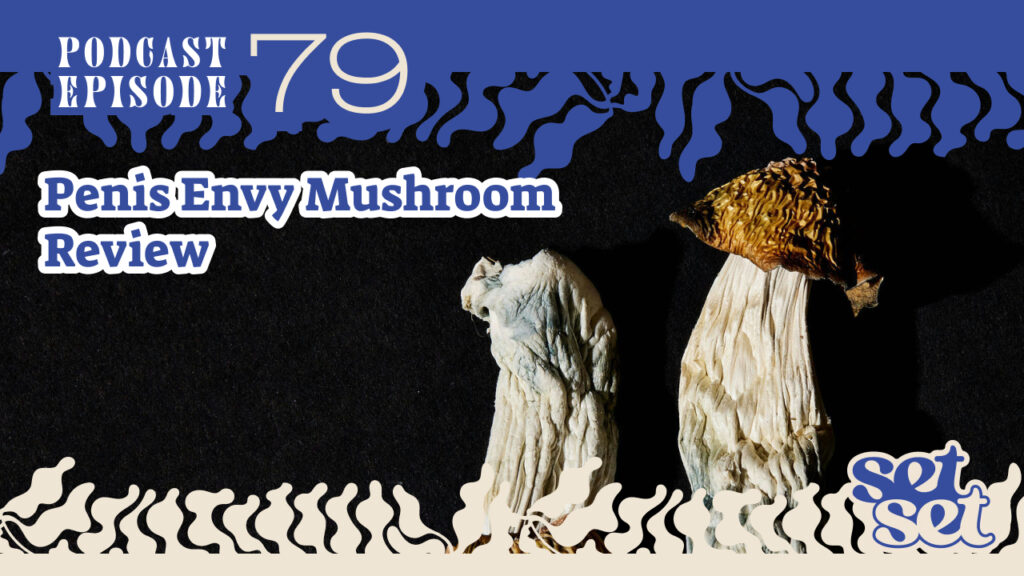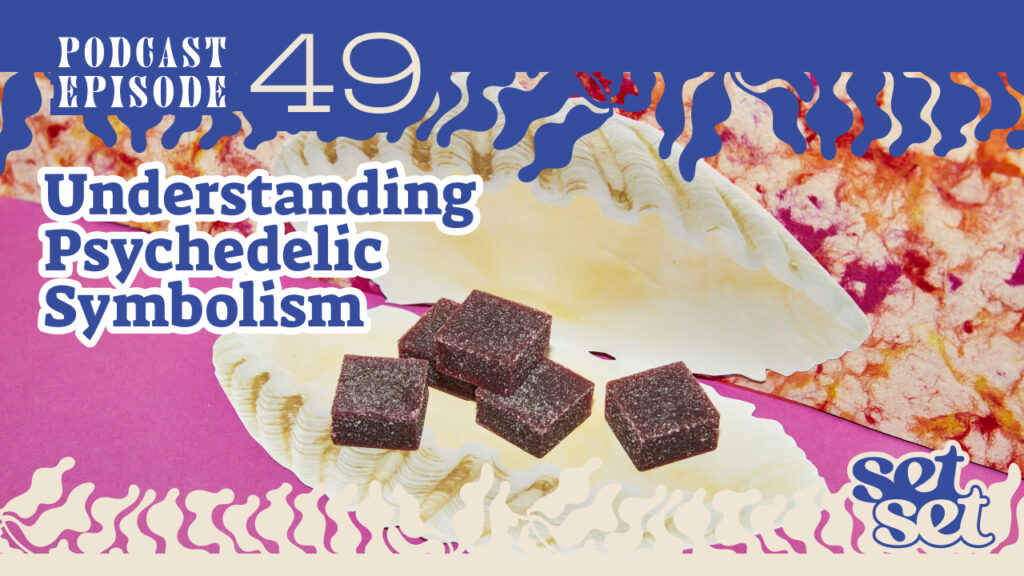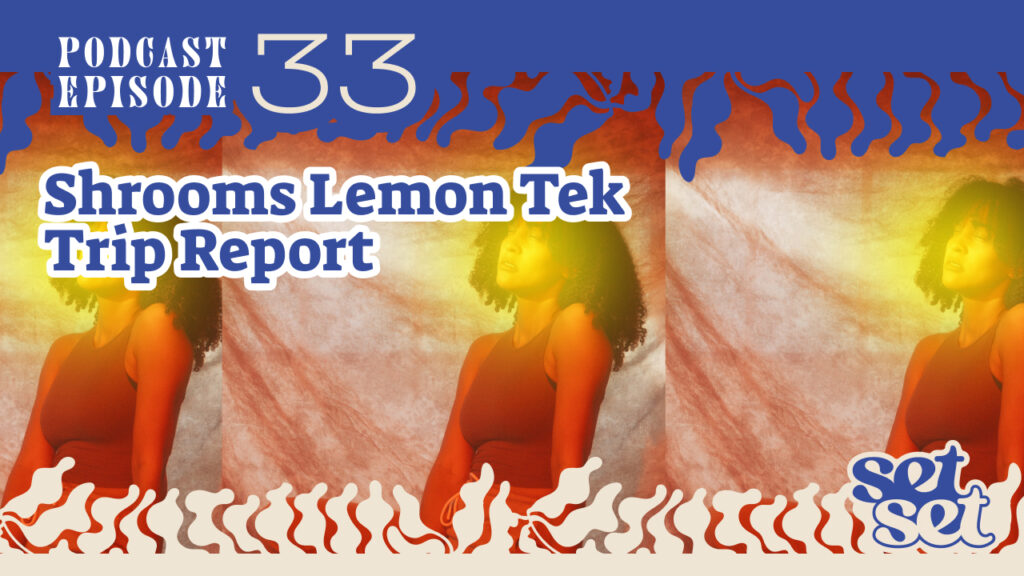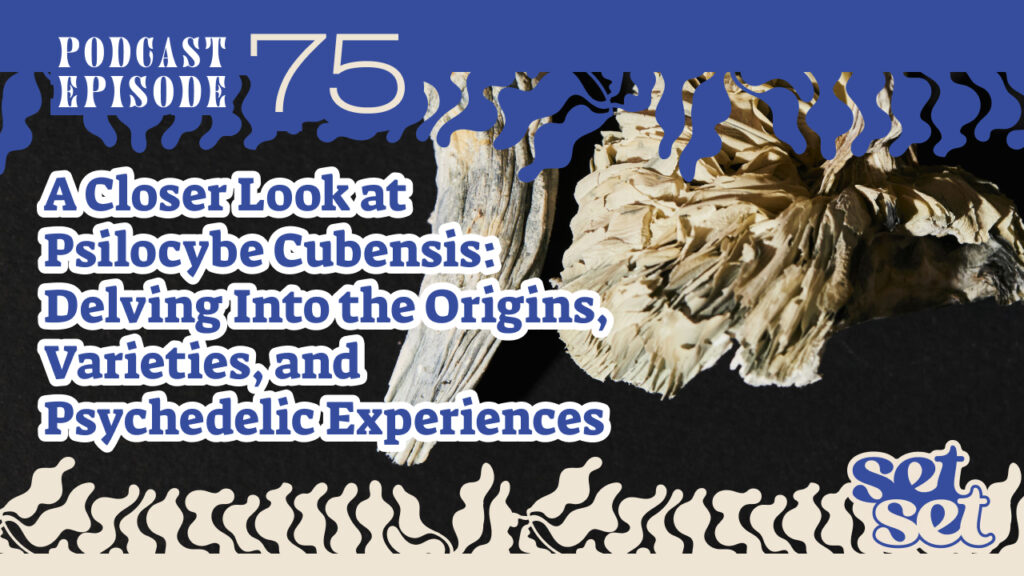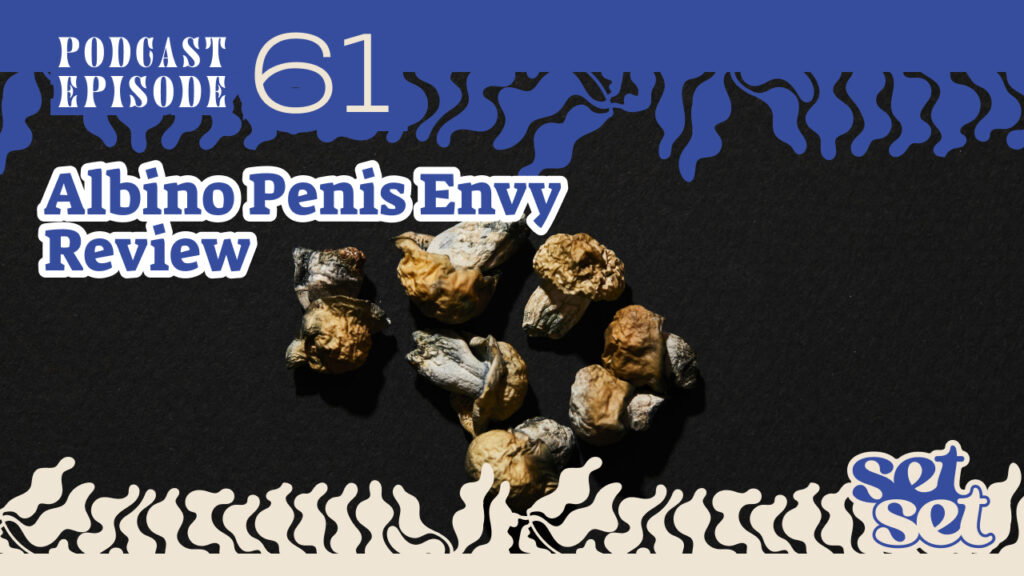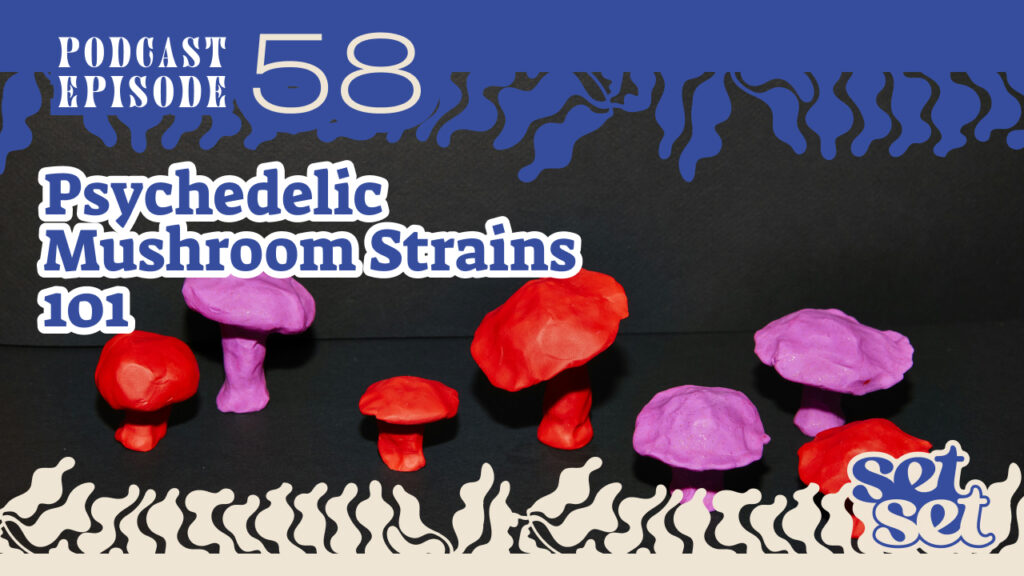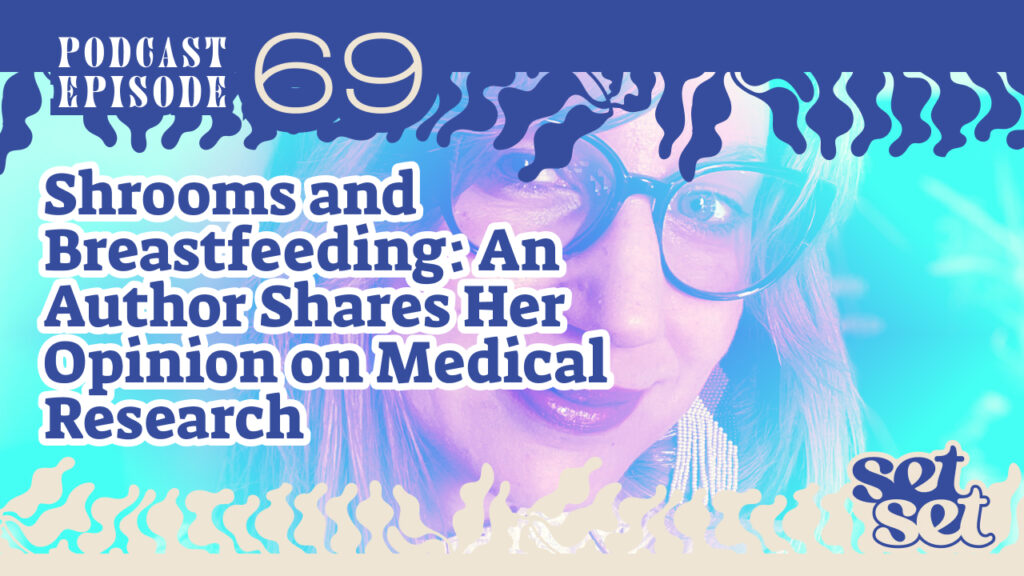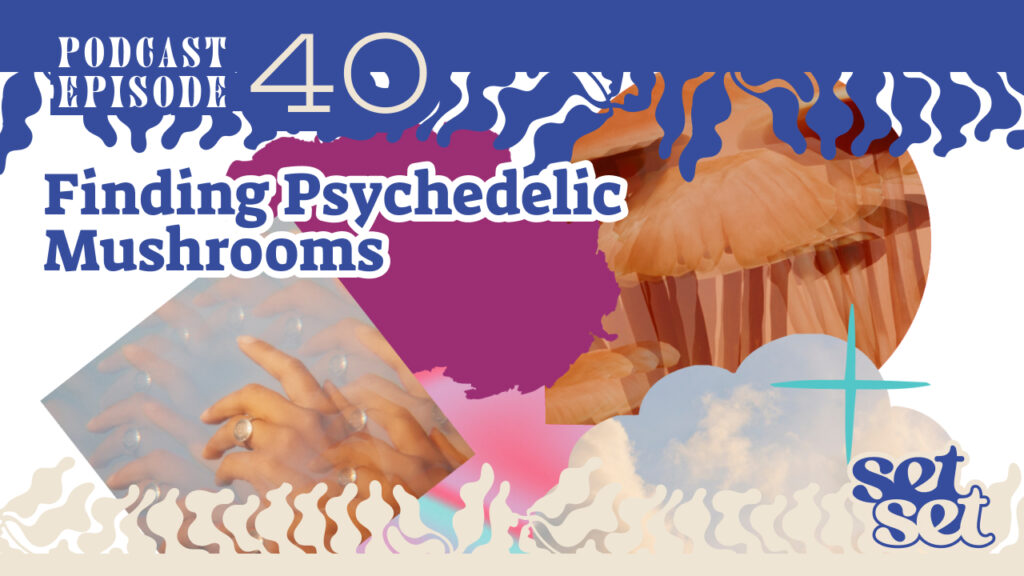0:00:00.4 April Pride: This podcast discusses cannabis and is intended for audiences 21 and over.
[music]
0:00:06.3 Dr. Janice Knox: “I mean, how could I give my baby marijuana?” That was their question, but their backs were against the wall. They wanted to try anything to save their baby’s life. And so we got the baby going on a cannabis regimen and within three months, that tumor had shrunk 75%.
0:00:30.4 April Pride: Welcome to The High Guide. I’m your host, April Pride. The High Guide is gonna be signing off for a month while we design a new audio adventure, just in time for Halloween, for our listeners. But before we do, we couldn’t end this first season without sharing our recent conversation with Dr. Janice Knox, mother to another of our high guides, Dr. Jessica Knox. They, along with dad and sister, are collectively known as “The Knox Docs” and they’re all endocannabinologists, well-versed in the function and dysfunction of the endocannabinoid system. Dr. Janice has helped many cancer patients into remission via cannabis therapy and lifestyle protocols, which address the individual holistically.
0:01:11.6 April Pride: Before we dive into our talk with Dr. Janice Knox, our glossary term for this week is “antiemetic.” We chose this term because you simply can’t talk about cannabis and cancer without mentioning its antiemetic properties, aka, its capacity to battle nausea and vomiting. As we kick off Breast Cancer Awareness Month today, we hope our talk with Dr. Janice Knox illuminates the importance of the endocannabinoid system and its unique power to maintain harmony, repair, and protect the human body.
0:01:42.7 Dr. Janice Knox: I’m Dr. Janice Knox, I am one of four Knox Docs, I am the doctor mom of the group. We are endocannabinologists, and what that means is that we study the function and dysfunction of the endocannabinoid system, in which cannabis happens to be the most versatile herb that works on that system. I’m also a board-certified anesthesiologist. I spent 35 years doing anesthesia so I always have been into the pharmacology and physiology of all things. With that being said, I love endocannabinology because it explains so much that conventional medicine never or ever explained or made sense.
0:02:30.7 April Pride: Great, yes. So as I mentioned, we’re gonna talk about turning to cannabis to help treat the symptoms that one may experience if they’re trying to treat their cancer. So I wanna start off with a case study and I asked Dr. Knox if she could come prepared to talk about some of her patients that came to her with cancer and were looking… They had tried everything. This is the story that she’s heard a million times and that when I got into the industry about five years ago, I started to hear a lot, which is, “I tried everything and someone said I should try cannabis, and it was the last resort, it was the first thing that worked.”
0:03:13.8 Dr. Janice Knox: Thank you, April. Absolutely, I’m glad to do that, and I can’t say names, but I’ve had many patients come when they have either failed conventional medicine or conventional medicine has failed them. So usually, these are patients who have been given a diagnosis and been given a couple of offers: One, chemotherapy, radiation therapy, and/or surgery. And some of these patients are terrified of surgery, of course, but also conventional or radiation therapy or chemotherapy. A patient in particular was a nurse, and she had had a diagnosis of stage 2 cancer, which means it was pretty well confined. And at that time, received chemotherapy and radiation therapy and had remission, to only have the cancer come back three years later and come back with a force, metastatic stage 4 cancer, which mean it was everywhere. It was in her sternum, it was in her spine, it was in her liver, it was in her lungs, and being a nurse and being offered chemo and radiotherapy before, she was not willing to do that again so she came to us for help.
0:04:31.6 Dr. Janice Knox: Now, one of the things I do wanna say about when we take care of a patient as endocannabinologists, studying the function and dysfunction of the endocannabinoid system, let me say this: Every single human being or creature has an endocannabinoid system, except the insect. We all have this ancient system and it’s made up of certain receptors, two in particular, CB1, CB2 receptors that are found all over the body and every organ and every tissue. What’s important is understanding the role this endocannabinoid system has in health. When the system’s main job, number one job is to maintain harmony or balance between all the physical logical systems; number two, to repair; and then number three, to protect. So maintain harmony, repair, and protect. And when we have dysfunction of that system, that’s when we start to see disease processes.
0:05:30.4 Dr. Janice Knox: So cancer is an endocannabinoid system excess, which means in those cases, we see an upregulation of these receptors. So this lady is coming to me with stage 4 cancer, which means she has an endocannabinoid system dysfunction, which is categorized as endocannabinoid system excess. And what we see again in those patients, an upregulation in those receptors, sometimes upregulation in the endocannabinoids, those are the cannabinoids that the body makes that work on those receptors, and it’s usually an indication of how aggressive her cancer is. So coming to me as a patient RN, I felt very comfortable that she would be able to follow a regimen. And this is the other thing that needs to be stressed, the FDA has approved only two treatments so far for the side effect or adverse effects of chemo and radiotherapy in cancer patients. They have not approved any cannabis product for treatment, just for the severity of the chemo and radiation therapy, which is pain, insomnia, nausea and vomiting, weight loss. Well, she was ready for something different, she wanted to turn that cancer around, she wanted to live.
0:06:55.0 Dr. Janice Knox: But here’s the thing, it’s not just about the THC and CBD. So treating her, what we look at first is her disease process, what were the tissues that are involved, what receptors are we dealing with, and then what is the best cannabinoid to treat that, but it’s a bigger picture than that. It’s a holistic total lifestyle that we’re looking to address. And doing this, we were able to turn her metastatic cancer around in a matter of six months, where after going to get rescanned, get another MRI scan, they found no disease process. Once again, they saw no tumors, and so she had a complete turnaround, she was not on chemotherapy or radiation therapy. What she followed was the specific protocol using cannabinoids and terpenes that fit her particular picture.
0:07:48.5 April Pride: Thank you for that level of detail. I have a question. So she decided not to have chemo or any kind of radiation as therapy. She had done that in the past and did not want to do that again, so she was asking to be on a regimen that was about lifestyle and included cannabis or cannabinoids, but that’s not usually the type of patient you see. You’re seeing a patient that is using cannabis at the same time that they’re also being treated with radiation or chemotherapy. Is that right?
0:08:27.9 Dr. Janice Knox: Yes, yes and no. Again, most of these patients, once again, they come in because they don’t have any hope, they’re hopeless and they want to live. And many of them are looking for answers or questions and they have questions when they should take the chemo or radiotherapy, or maybe they’ve done it before and don’t want it again. I, as an endocannabinologist, have to tell them that the combination, and it depends on the cancer that we’re treating, but the combination of chemotherapy, some chemotherapy drugs and cannabinoids are one plus one greater than two. So we have patients who are afraid to use chemo or radiation therapy, we have patients who are afraid not to, and I have to give them that kind of information and help them to make the right decision. All of them are forever coming to get cannabis therapy. Some of them have been dissuaded by their oncologists at times who do not believe in cannabis therapy and so they’re coming for a second opinion. But what I usually will do in that case is ask to talk to their oncologist or send their oncologist an article about cancer therapy and cannabis therapy.
0:09:43.7 April Pride: And do you work alongside with the doctor that’s treating them for cancer, the other doctor that’s treating them for cancer? Yeah, I’m so curious what that relationship is like.
0:09:55.9 Dr. Janice Knox: Yeah. Oh, yes. There are those who will call right away because they want to learn more, they wanna know what cannabis can do because their patients are coming to them, asking them. And we have to ask our colleagues, “Your patient’s gonna come and ask you, what are you gonna tell them?” Then there are those who would want actually nothing to do with it. I had another case this time with a baby who had a glioblastoma, and the parents were sent home and told that there was absolutely nothing that they could do for this three-month old baby who had this growing tumor and they’d given the baby a radiation therapy. So the parents came to me, never had used cannabis ever, very religious family, and were terrified to use cannabis. “How could I give my baby marijuana?” That was their question. But their backs were against the wall. They wanted to try anything to save their baby’s life. And so, we got the baby going on a cannabis regimen, and within three months, that tumor had shrunk 75%. They went back to the oncologist and told them they could not attribute it to cannabis, of course. So we get those as well who will see results, but refuse to acknowledge that cannabis had any part in it.
0:11:10.9 April Pride: So the first two stories that we’ve heard now are people that have come to you and are not under any other type of treatment.
0:11:21.6 Dr. Janice Knox: That’s correct.
0:11:21.7 April Pride: And cannabis did work for them, even though cannabis is not approved to treat cancer.
0:11:27.9 Dr. Janice Knox: Yeah, that’s correct. In the first case, we did a documentary of her, so her documentary is gonna come out on her case because she was so thrilled with her results. But we know of course, we’ve had various results with patients. Some do really well, some not do so well. But mostly, there’s no one who can predict how well a person’s gonna do, and we don’t have that crystal ball. We don’t have it, and we do tell them their oncologist do not have it either. So you’re not gonna hurt yourself with trying cannabis. If you haven’t tried cannabis, even if your cancer is not one of the most studied cancers, I think you do yourself a disservice not to consider using cannabis. It just may help you. It just may give you that extra you need to turn that picture around. But I do wanna say, it’s not just about cannabis. When we’re treating these patients, we’re putting them on an entire protocol, a lifestyle protocol.
0:12:27.1 Dr. Janice Knox: So it’s not just about cannabis, we’re dealing with that endocannabinoid system that is influenced by so many factors: Genetics, aging; of course, pharmaceutical drugs; nutrition and then environmental stressors. There’s so many things around us that affect that endocannabinoid system, it’s like if we only use cannabis and didn’t consider the other things, the other effectors, then it’s like putting a Band-Aid on an a-wee and getting dirt under it. Anyway, you’re not doing much good. So we do use an entire protocol when we’re approaching these cancer patients.
0:13:03.6 April Pride: And you just mentioned three months for the baby, six months for the first patient that you mentioned. Is there a timeline that you’re typically finding that you’re working with cancer patients until they start to see either results and that they’re going into remission or a tumor has shrunk or… Yeah?
0:13:22.9 Dr. Janice Knox: Yes. We usually tell them we expect to see some results within four to six weeks, but of course, that depends on how well that patient complies with the protocol. If they’re taking their product consistently, they understand how to take their product, they are following nutritional guidelines, they’re getting rest or exercising, they’re doing other things to correct that dysfunctional endocannabinoid system, and if we can get patients to comply, then those patients do well and we do see those results fairly quickly.
0:13:57.6 April Pride: And when you say they can expect to see results in four to six weeks, that depends on the results that the outcome that they want, whether it’s for symptoms of a more traditional treatment or a more western treatment, chemo or radiation, for those symptoms to subside or a retardation in tumor growth, are those two outcomes that they could expect to see results within four to six weeks? What does that look like?
0:14:26.9 Dr. Janice Knox: Oh, absolutely. One of the things we ask these patients… And you have to be aware, we’re doing a full history and physical, just like you would do in a conventional doctor’s office, and one of those question is, What are your goals? What do you wanna get out of this therapy? And we let them tell us what they want, and then we help design a program that will let them achieve that outcome. Now, what is really important is the family relationships or friend relationships, who do they have supporting them that help them do this amazing change? And usually, when I’m talking to a patient and their family is involved, I let the family know that they have a part to play in it as well, their own particular health, they can benefit by changing their nutrition, they can benefit by including exercise, or meditation, or sleeping better. So I make it a family thing for everyone to get healthy. And remember, when we’re talking to these patients, we’re telling them we’re fixing your endocannabinoid system so that it can do the job it’s supposed to do, which is again, maintain balance between all the physiological systems, repair, and protect. So moving toward health.
0:15:35.1 April Pride: Is there a protocol for a certain pathology, how those cells look? And you say, “Okay, we definitely start with limonene and CBD for this.” Can you talk… Yeah, what does that look like? What is the protocol that’s starting to take shape after you’ve been working with these patients for almost a decade?
0:15:56.1 Dr. Janice Knox: Well, the thing that we have to also realize is that each patient’s endocannabinoid system or profile is different. What may work for someone may not work for others. So that’s when you start talking about dosing, and ratios, and what’s appropriate, and methods of intake. All those things are so important when you’re trying to treat cancer, ’cause some of these cancers are dose-dependent. At a lower doses you may get a proliferation of cancer cells, and that’s particularly true with some of the breast cancers in THC, but you get a much better response if you’re using CBD and CBG. What the protocol starts to take shape, we look at… Let’s take breast cancer for example, we look at the disease process, we know, and it doesn’t matter which breast cancer you have, it’s across all the different types of breast cancer. We know from research that CBD and CBG are the lead cannabinoids. And what we’ll do is change of that terpene profile to guide them through their day.
0:16:55.3 Dr. Janice Knox: That protocol is designed around their lifestyle, so maybe a patient may need some THC, but they have never tried THC before, so we don’t wanna blow him off stage if they need to work, or take care of kids, or do something more responsible like that. We’ll give them their THC at night and give most of their CBD products during the daytime. Or we’ll have to change up those terpenes to what we call daytime terpenes, which usually include things like limonene, alpha-pinene, beta-pinene, beta-caryophyllene. And then the nighttime terpenes will let them relax and calm down, like myrcene and linalool, ulsamin, those things help them to relax more. So it depends on what we’re doing, what we’re trying to achieve, what their goals are, how that protocol is developed.
0:17:41.4 Dr. Janice Knox: And once again, I wanna repeat, it’s not just the cannabinoids and terpenes that we’re looking at, we’re looking at their nutrition, we’re looking at their supplements, their micronutrients, their GI tract. A lot of times it depends on what is the best way for a patient to take a product. Some people don’t wanna smoke, and smoking is not the best way to take care of something like cancer in the first place. If you need something that should be taken care of, like nausea and vomiting, yes, you can vape it and it’ll take you on top of it. But we try to give them so they get their blood levels to a point where we are attacking that cancer. And so we look at other methods of intake, like a sublingual tincture or an edible, or a suppository that’s gonna give them maybe a slower onset of action, but a longer duration of action, which means we can keep those blood levels consistent to fight that cancer.
0:18:33.2 Dr. Janice Knox: So the protocol is designed around all those different aspects: Who is the patient, what are their goals, what is the best method for them to take their product, what else do we have to deal with? Do they have a healthy GI tract if they choose an edible? And anymore, I will tell anyone how important that GI tract is because it is the doorway to everything else. So I’m putting these patients on good pre and probiotic as well, to get that gut healthy enough, because that microbiome plays a key part in their getting healthy. So the protocol will cover many different things, let’s feed and nourish the endocannabinoid system in the bigger picture, the endocannabinoid alma, so that we can ward off disease processes. We don’t wanna wait until someone gets sick and then we’re trying to bring them back to health, we want to support wellness across the board.
0:19:27.9 April Pride: As we continue to gain understanding on the intricacies of the endocannabinoid system, pioneers in the field such as Dr. Janice Knox and her family cannot be thanked enough for their commitment to helping people better understand and fight diseases such as cancer. Well, not too long ago, we didn’t know the endocannabinoid system existed. Now that we do, how to engage it properly and maintain harmony, repair and protect the human body, appear more essential to our future than ever. Thank you for listening to this episode of The High Guide. As I mentioned earlier, we’ll be taking the next month off while we prepare an entirely new and quite trippy audio adventure for our listeners. Please stay tuned and stay in touch.
0:20:13.5 April Pride: Thanks for listening to this episode of The High Guide. Of course, you’ll find a new episode of The High Guide every Friday, subscribe and follow wherever you listen to podcasts, and if you’re looking to stay in closer contact, give us a follow on Instagram @thehigh.guide and subscribe to our newsletter on our website, www.thehigh.guide. This is April Pride, and thanks for joining me here as I try to guide your high.

